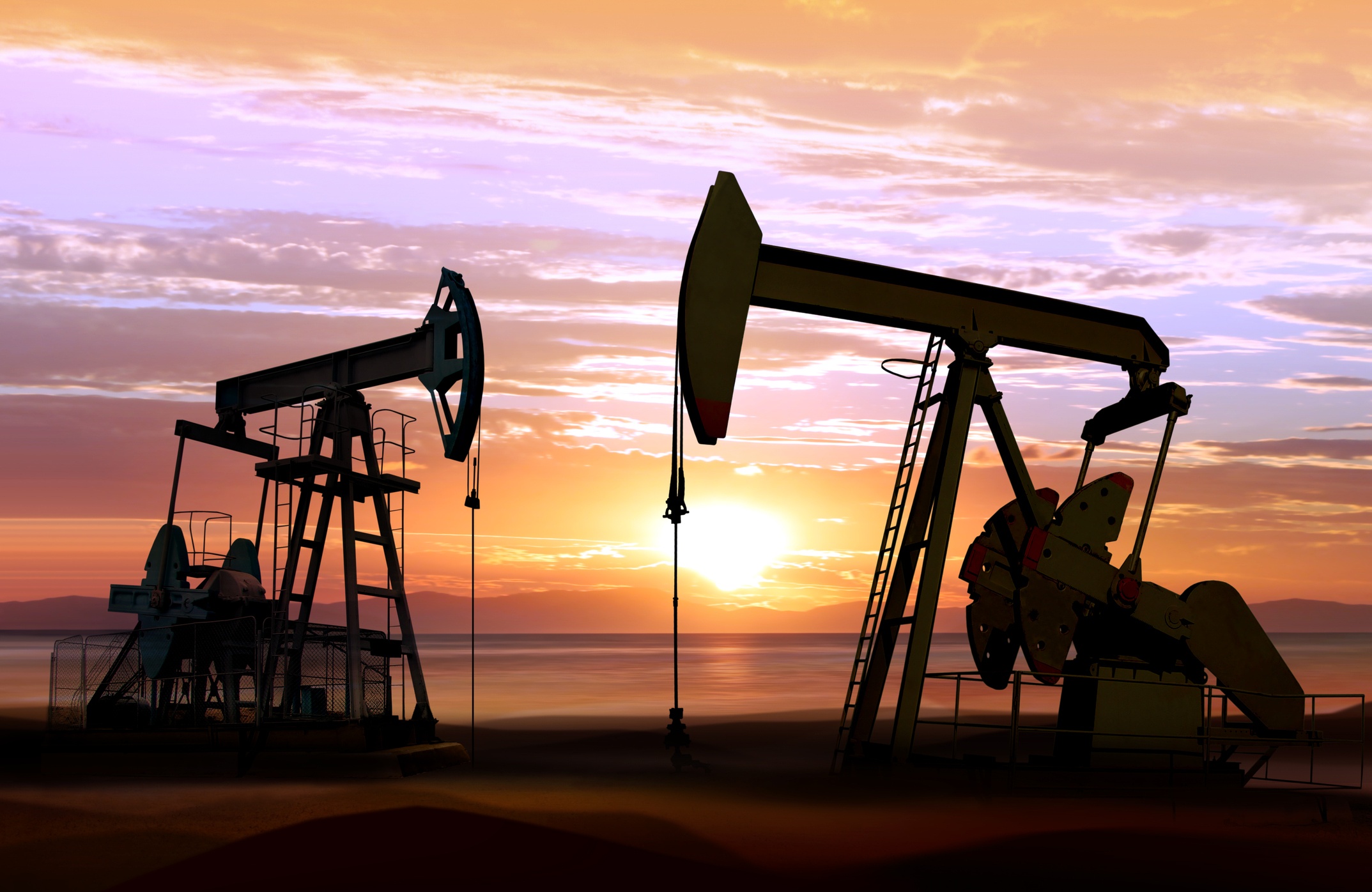Luckily, if there’s one thing that all oil companies have in abundance, it’s data, and big data analytics are playing a vital role in oil exploration and extraction. Oil wells are expensive to drill, and drilling for oil is still an inexact science. While geologists and geophysicists can get a lot of data from existing wells, you have to actually drill to understand the subsurface structure. To mitigate risk, advanced analytics, specifically prescriptive analytics, are being applied in oil exploration to narrow the drilling area and make extraction using drilling and fracking more efficient.

Reduces the Risk of Oil Exploration
Prescriptive analytics substantially reduces the financial risk of fracking by revealing key insights, modeling potential drilling scenarios, and identifying areas of opportunity. It reduces the amount of drilling needed to find productive shale oil, which means less harm to the environment.
Statistics show that fracking only recovers about 20 percent of the oil trapped in shale rocks. By assimilating vast amounts of different types of data—well log images, seismic readings, video image feeds, data from field sensors, drilling notes, and so on—big data techniques can assimilate that data into an integrated profile. That data can then be extrapolated to determine what is going to happen where and when. In oil exploration, that means determining where the best place is to drill.
To accurately interpret seismic images, prescriptive analytics needs to combine data from different computing and scientific sources. For example, by combining machine learning, pattern recognition, and computer vision, algorithms can produce images to reveal where and how to drill. The “where and how” to drill is the prescriptive component.
Beyond oil exploration, prescriptive analytics can model well performance and help companies understand where they’ll get a certain amount of oil.. Digitizing well logs creates depositional subsurface maps. This involves using data from oil production, subsurface completion, and other sources.
Prescriptive analytics also can model limitations related to fracking exploration. For example, a shortage of pressure pumping equipment and available labor can be modeled to assess the costs of drilling and production against return on investment. Prescriptive modeling is ideal for decision mapping, balancing current business demands and business objectives against constraints.
Improve Fracking Operations
Once the shale oil has been located and drilling starts, prescriptive analytics continues to play a role from initial drilling all the way through production.
When drilling horizontally for shale oil, you need to have a properly constructed well bore, otherwise you risk blowouts and other problems during hydraulic fracking. The following readings can optimize well design from the outset and protect fresh water deposits:
- 3D imaging data
- Real-time drilling logs
- Pressure readings during drilling
- Bit weight
- Drag
- Torque changes
More importantly, you can watch for unsafe drilling behavior and prevent potentially fatal accidents.
Once the well is in operation, real-time pressure readings and video surveillance can help manage extreme well pressure. Prescriptive analytics can tell you when to release pressure to prevent an uncontrolled or explosive release of frack water and hydrocarbons.
For preemptive equipment maintenance, you can use data gathered from pumps, production, and subsurface readings to develop algorithms that can predict equipment failure. Given the added pressure on oil companies to extend the meantime between failures (MTBF) for field equipment and to extend the useful life of hardware such as pumps, having the ability to predict pump failure and correct the problem before it disrupts production represents tens of thousands or even millions of dollars in potentially lost revenue.
Prescriptive analytics is also making oil production more efficient. For example, with many fracking operations only a small portion of available shale oil is actually extracted. Using prescriptive analytics, you can make improvements that will make the next well more productive and cost-effective. For example, many shale producers are drilling unfinished wells because they have to drill to keep their lease, and a new lease could cost as much as five times more. Drilling is only 30 percent of well completion costs where fracking is 70 percent, so prescriptive analytics can be used to model where to drill and when to maintain potentially productive land leases.
Prescriptive Analytics Is the Deciding Factor Between Profit and Loss
The application of big data techniques in oil exploration and production is not new, but harnessing that data for prescriptive analytics continues to yield previously unforeseen benefits. Prescriptive data can not only show you where to drill, but it can help determine well productivity to assess ROI and optimize production while improving safety and mitigating risk. As petroleum producers continue to feel the pressure to deliver more oil and gas in a shorter time with fewer resources, prescriptive analytics could be the deciding factor between profit and loss.



